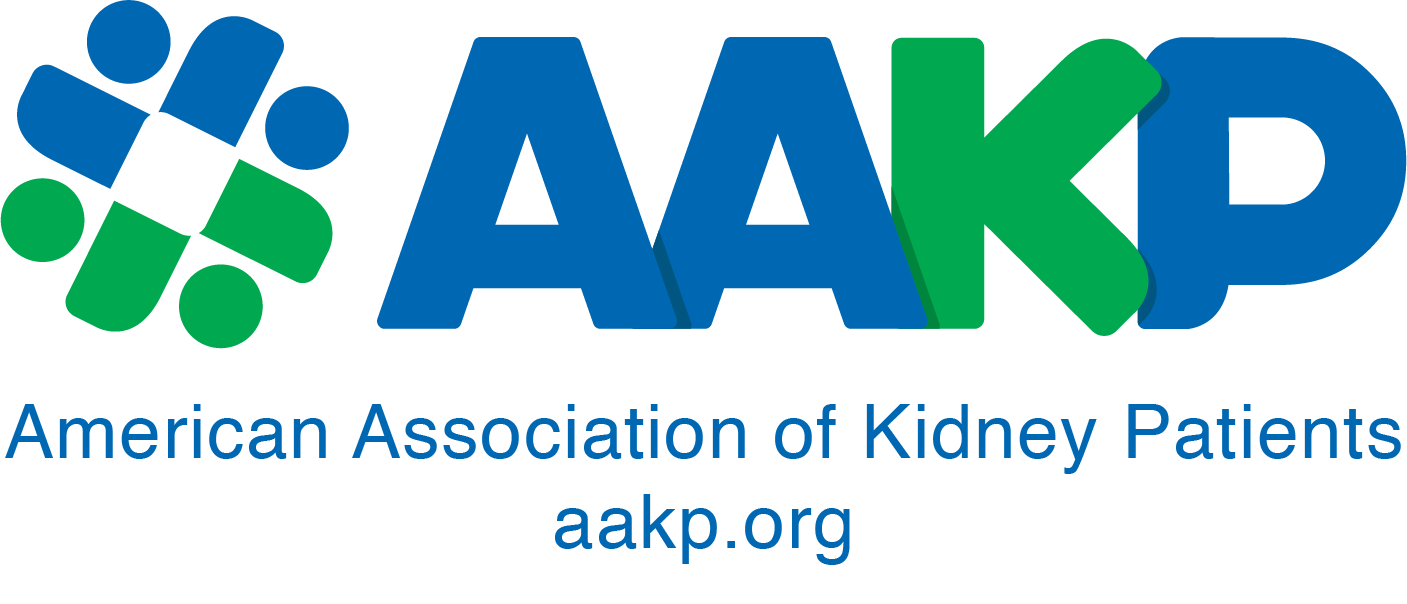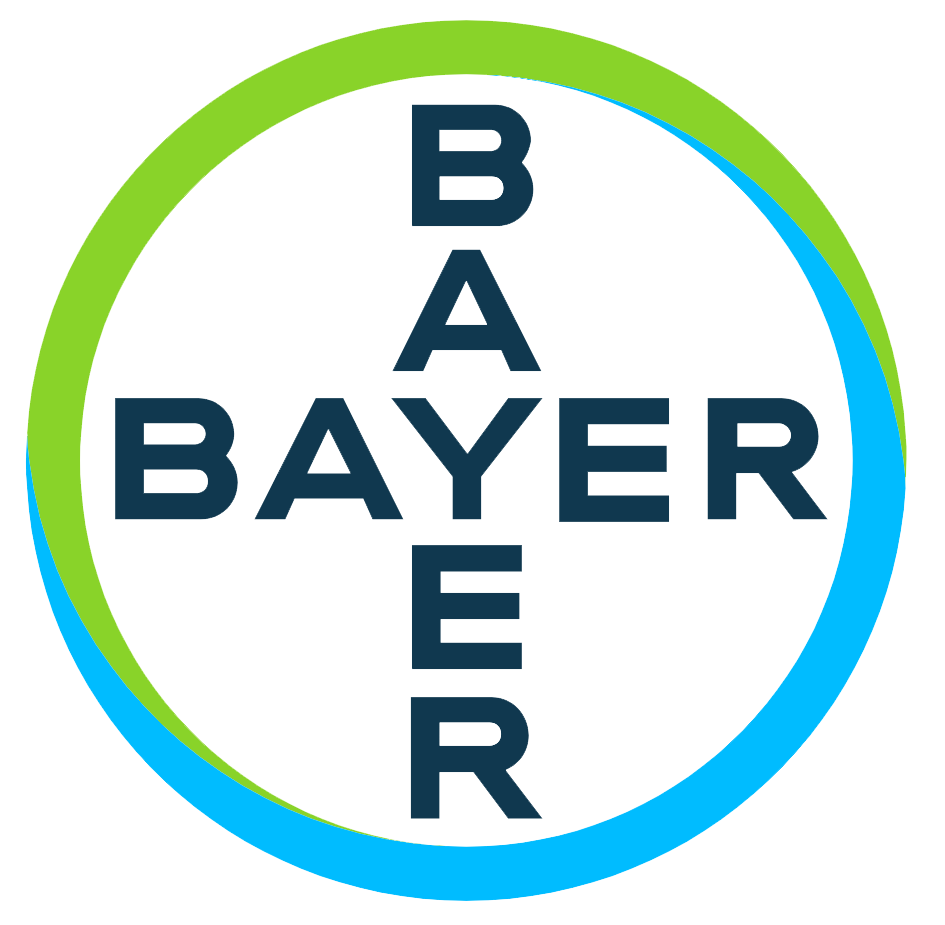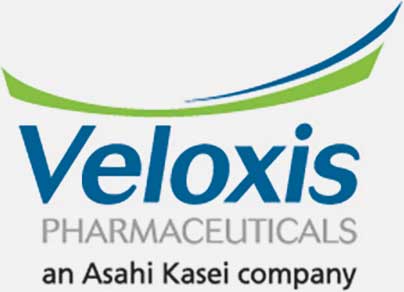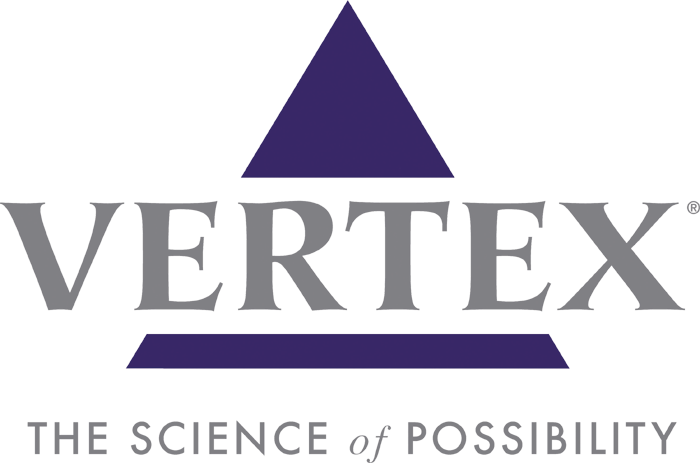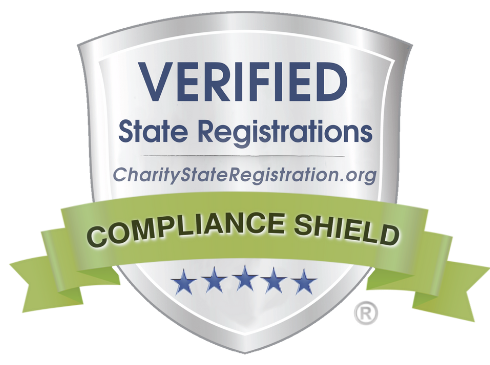Each year on May 1 or 5.1, AAKP is proud to lead the annual “Are You O-K+” campaign, aimed at increasing awareness of the devastating effects high potassium (hyperkalemia) can have on individuals with advanced chronic kidney disease (CKD). In this article, learn more about the consequences of unmanaged high potassium and the many educational resources that we have available to help patients and caregivers for National High Potassium Awareness Day and all year long.
Approximately 3 million people in the U.S. with CKD and/or heart failure are living with high potassium levels.
What is potassium?
Potassium is a naturally occurring mineral found in the foods we eat that helps your body function. Potassium helps your heart beat regularly and your muscles work properly. K+ is the medical abbreviation for potassium.
What is high potassium?
Hyperkalemia is also known as high potassium, a condition when the amount of potassium in your blood is higher than it should be. High potassium is generally considered to be 5.1 mEq/L (milliequivalents per liter) or higher. Potassium levels can be determined by a blood test.
Why do kidney patients need to know their potassium levels?
High potassium can develop for a number of reasons. One of the most common causes is chronic kidney disease (CKD). Excess potassium is normally removed by the kidneys. If your kidneys are not working properly, potassium can rise to dangerous levels,and you could be at risk for serious health issues. These may include an irregular heartbeat, heart attack, temporary paralysis, or even death.
What are the symptoms of high potassium?
Symptoms of high potassium (hyperkalemia) can be vague or mild. High potassium is often discovered during routine blood work. Signs and symptoms may include: weakness, fatigue, tingling or numbing, irregular heartbeat, difficulty breathing, unable to move, nausea, and vomiting.
What can kidney patients do to lower or manage their potassium levels?
It is very important to talk to your healthcare team to discuss ways to limit your potassium intake if your kidneys are impaired. Dialysis patients should get all treatments and exchanges prescribed to help prevent high potassium.
Learn which foods have high potassium (such as bananas and avocados) and which have low potassium (such as apples and green beans). Ask your doctor about which medications could be impacting your potassium level, as well as if medication is needed to help lower or manage your potassium level.
The “Are You O-K+” campaign utilizes the scientific symbol of potassium “K+” with a popular message “Are You OK” to encourage individuals with kidney diseases to know their potassium levels. The SAFE range
for your blood potassium level is under 5.1 (3.5 -5.0 mEq/L). Levels of 5.1 and higher indicate hyperkalemia.
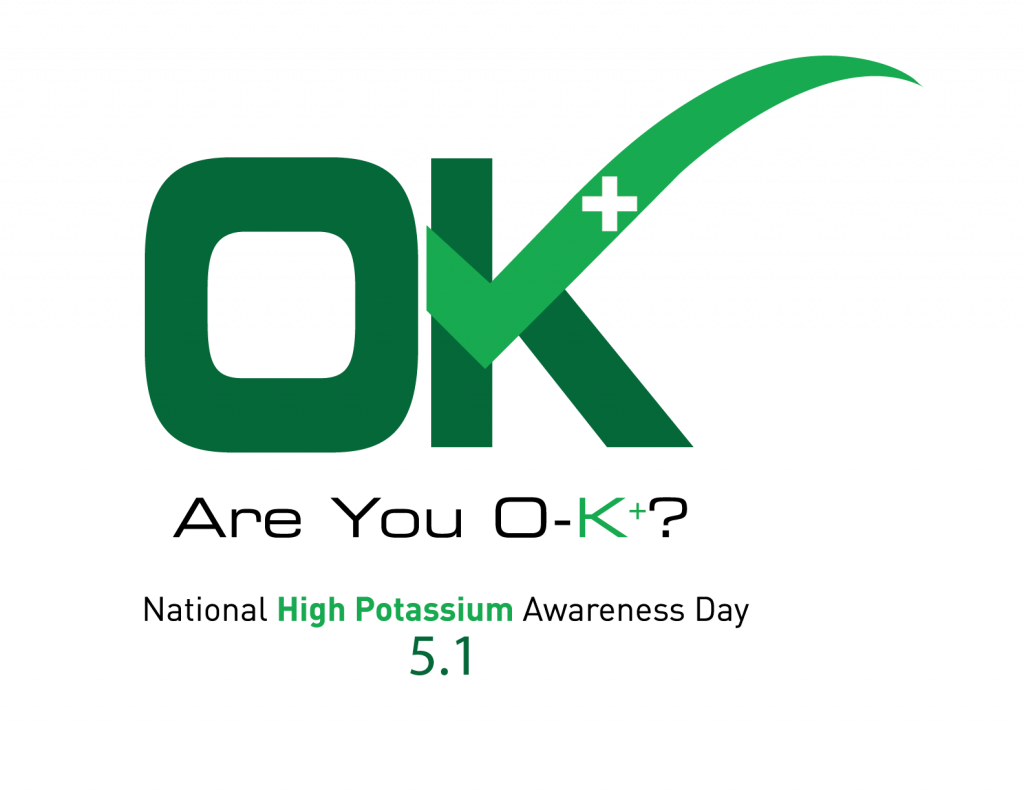

Free Resources on High Potassium:
Learn all about potassium and kidney disease. Some of the many educational resources available include:
• Potassium Fact Sheet
• Potassium Infographic
• Potassium Pocket Guide
• Interactive Quiz
• Videos
• Articles
• Patient Stories
• Kidney-Friendly Recipes
All of these resources can be found at www.AreYouOK.org.
Sign-up to be alerted about
our awareness days.
https://bit.ly/AAKP-AwarenessDays.

